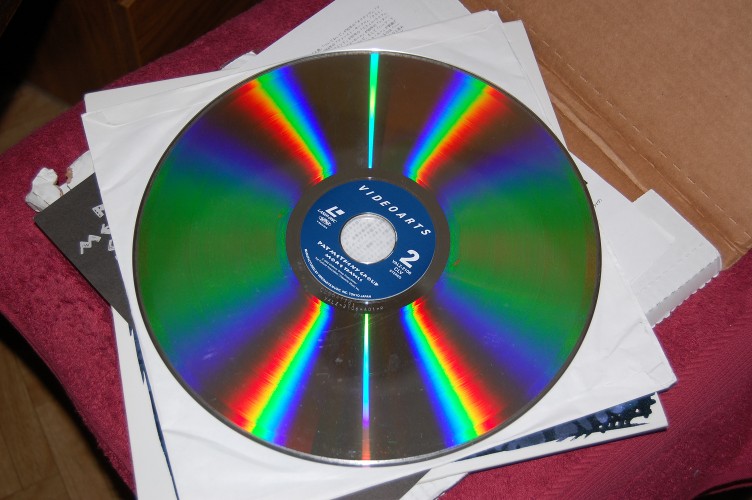I recently came across some very interesting one-line programs, which generate some primitive music from simple logic expressions – a genre which has come to be known as “bytebeat”.
Being in need of a pointless-but-fun project requiring little to no concentration, I immediately wanted to play with these programs. Implementing the logic directly in an FPGA would be perfectly possible, but I actually chose not to this time – instead I wanted to compile them for the EightThirtyTwo CPU and run the sound through the four-channel DMA sound “chip” contained in EightThirtyTwoDemos (modeled very much after the Amiga’s beloved Paula chip!).
Continue reading


